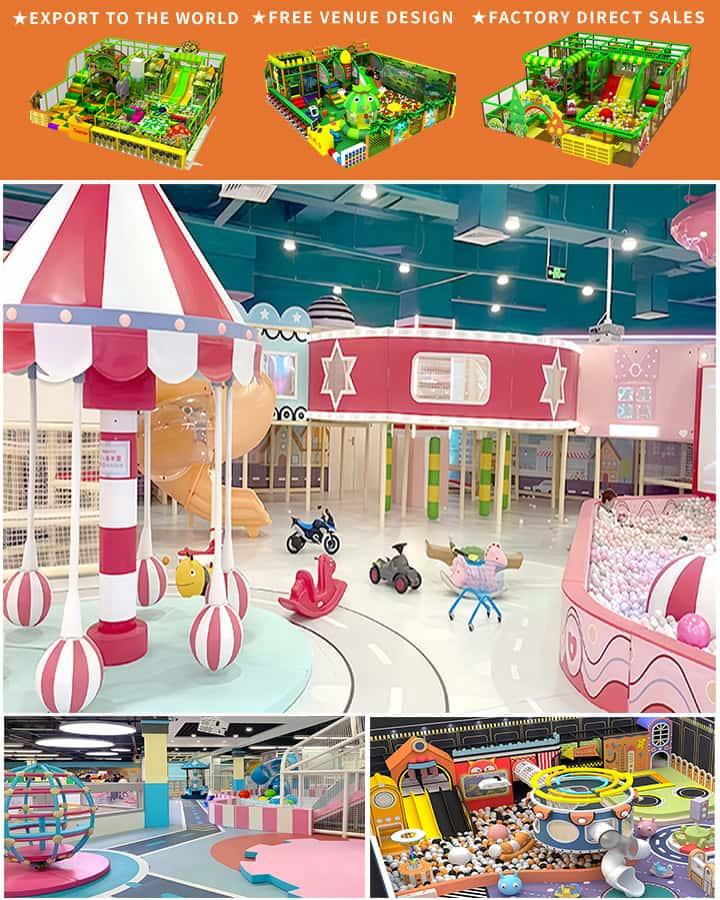When it comes to creating a vibrant and engaging playground for children, selecting the right equipment is paramount. However, one crucial factor that often dictates the decision-making process is the cost of playground equipment. Understanding the various elements that contribute to the price can help in making informed choices without compromising on safety or quality.
Factors Influencing the Cost of Playground Equipment
Material Quality The material from which playground equipment is made plays a significant role in its cost. High-quality materials such as heavy-duty plastics, treated wood, or metal are more durable and safer but come at a higher price point compared to cheaper alternatives. For instance, commercial-grade playgrounds often use galvanized steel or stainless steel for their structures to withstand harsh weather conditions and heavy use, thus ensuring longevity.
Type of Equipment Different types of playground equipment come with varying costs. Basic items like swings, slides, and seesaws tend to be less expensive than complex structures like climbing walls, zip lines, or multipurpose play units. Custom-designed equipment tailored to specific needs or themes can also drive up the overall expense.

Safety Standards and Regulations Adhering to stringent safety standards and regulations is non-negotiable when it comes to playground equipment. Products that meet international safety standards like ASTM (American Society for Testing and Materials) or EN 1176 (European Safety Standard) often cost more due to the rigorous testing and certification processes involved. Ensuring compliance with these standards guarantees the safety of children using the equipment.
Installation and Maintenance Costs Beyond the initial purchase price, installation and ongoing maintenance are additional factors to consider. Professional installation ensures that the equipment is assembled correctly and securely anchored, adding to the upfront cost. Routine maintenance, including inspections, repairs, and periodic replacements of wear-and-tear parts, incurs recurring expenses that should be factored into the budget.
Brand Reputation Opting for reputable brands known for their quality and reliability may come with a premium price tag. These manufacturers often offer warranties, better after-sales service, and assurance of using safe, non-toxic materials. Investing in a trusted brand can save costs in the long run by reducing repair frequency and enhancing user satisfaction.
Budget-Friendly Options Without Sacrificing Quality
While the allure of high-end playground equipment is strong, there are budget-friendly options available that strike a balance between cost and quality:
- Second-Hand Equipment: Purchasing pre-owned playground equipment from reputable sellers can significantly reduce costs. Ensure that the items are still in good condition, meet safety standards, and have undergone any necessary refurbishments.
- Modular or Scalable Systems: Modular playgrounds allow you to start small and expand over time according to your budget. This flexibility enables you to add components gradually as funds permit.
- Community Grants and Funding: Research local government programs, community grants, or corporate sponsorships that support recreational projects for children. These sources can provide financial assistance to offset some of the costs.
Final Thoughts
Investing in playground equipment is not just about the immediate expenditure; it’s about creating a safe, stimulating environment that fosters physical development, social interaction, and imagination in children. By carefully considering the factors influencing the cost and exploring budget-friendly alternatives without compromising on safety and quality, you can build a playground that brings joy and enriches the lives of young ones for years to come. Remember, the true value lies in choosing equipment that aligns with your vision, meets regulatory requirements, and provides endless hours of fun and learning opportunities for children.




